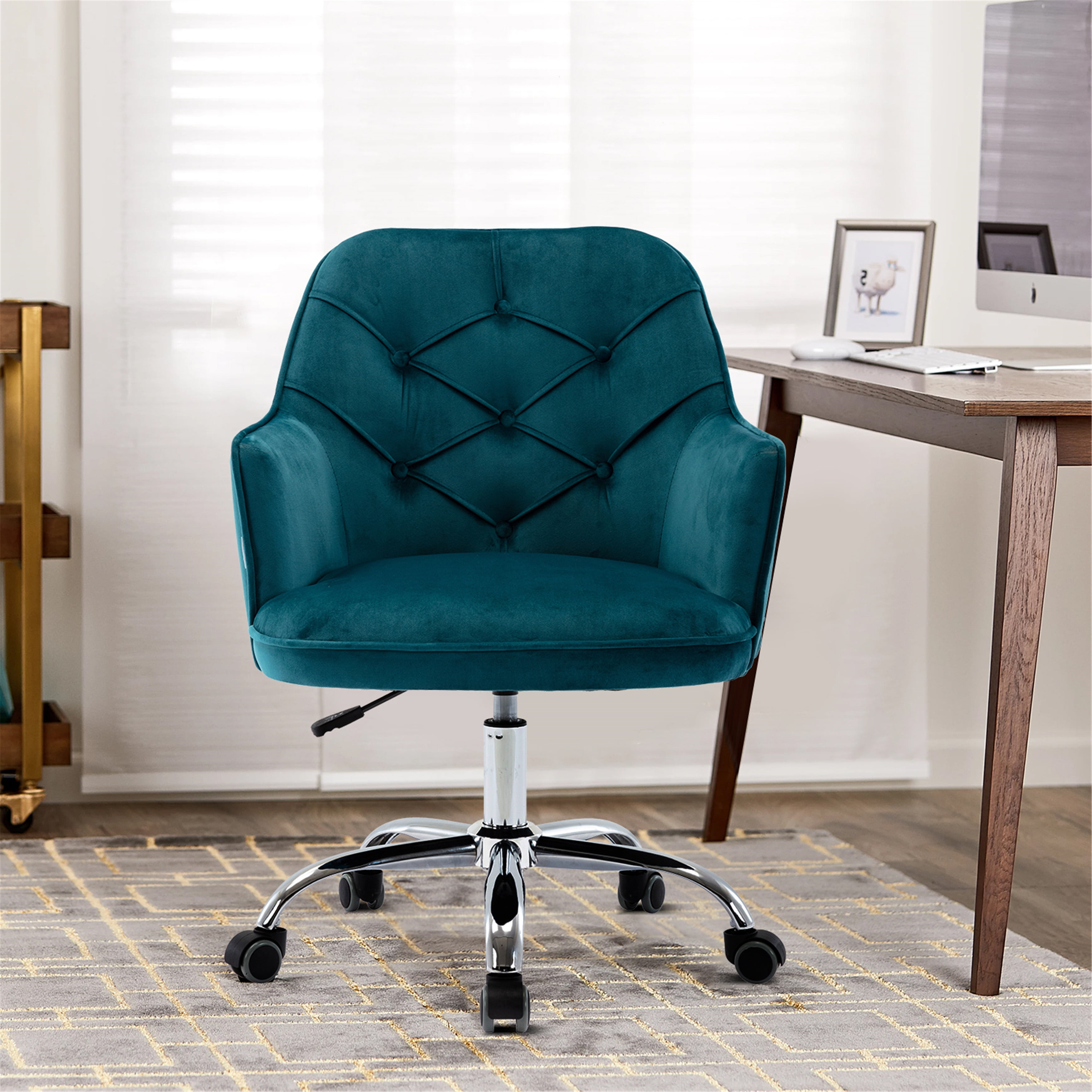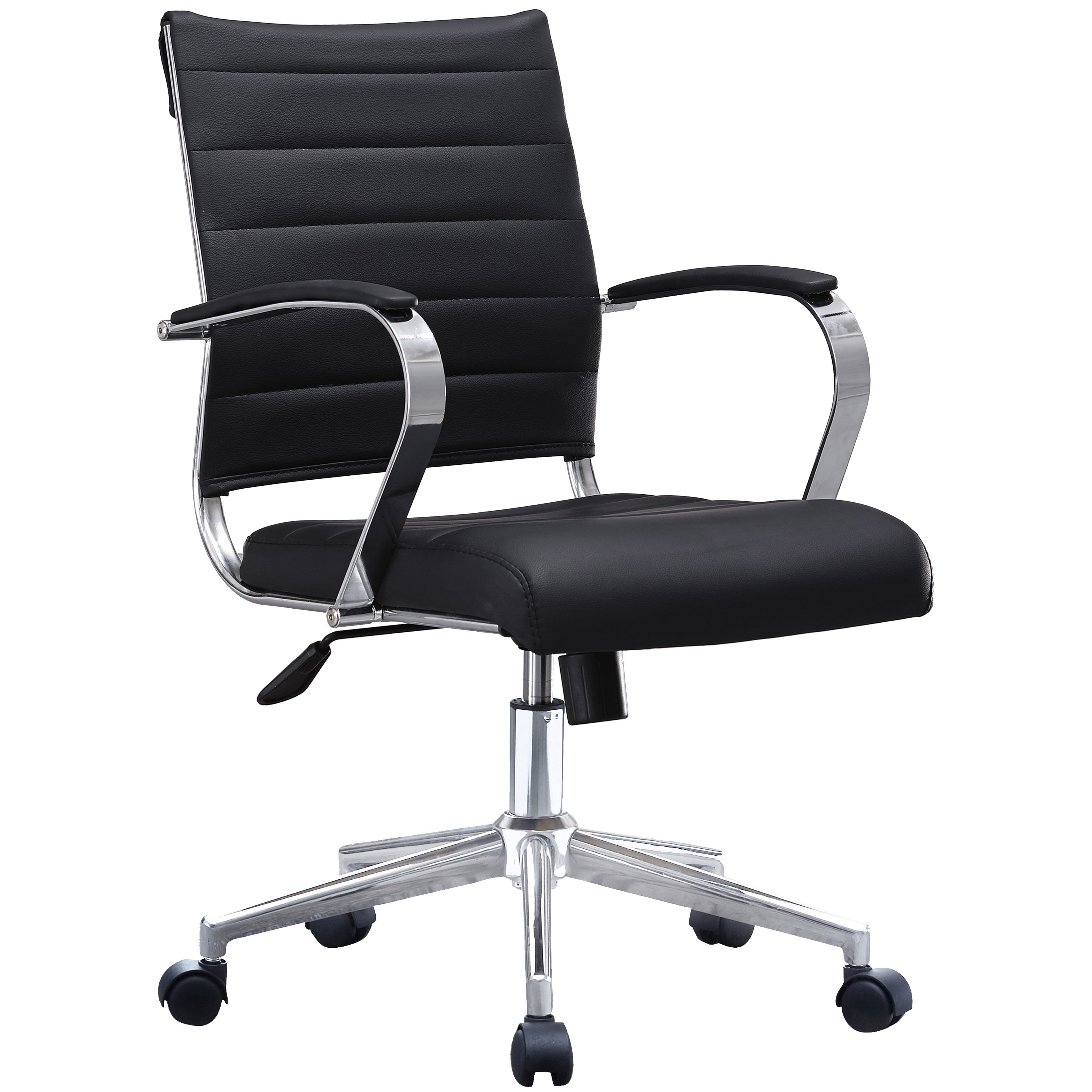Understanding Two-Position Desk Chairs: Two Position Desk Chair

Two-position desk chairs are a relatively new type of office chair that offers a unique blend of comfort and functionality. Unlike traditional office chairs that primarily focus on sitting, two-position chairs allow users to easily transition between a seated and a standing position, promoting a more active and healthier work environment.
Core Functionality of Two-Position Desk Chairs
Two-position desk chairs are designed to provide users with two distinct positions: a seated position for focused work and a standing position for increased mobility and energy levels. These chairs typically feature a gas lift mechanism that allows the user to adjust the height of the seat, enabling them to seamlessly transition between the two positions.
Benefits of Two-Position Desk Chairs
Two-position desk chairs offer several advantages over traditional office chairs.
- Improved Posture: The ability to alternate between sitting and standing helps maintain proper posture by reducing the strain on the back, neck, and shoulders.
- Increased Activity: By encouraging movement throughout the day, two-position chairs promote physical activity and can help combat the sedentary nature of office work.
- Reduced Risk of Health Problems: Studies have shown that prolonged sitting can increase the risk of various health issues, such as obesity, heart disease, and diabetes. Two-position chairs help mitigate these risks by promoting movement and reducing sitting time.
Ergonomic Advantages of Two-Position Desk Chairs
The ergonomic benefits of two-position chairs stem from their ability to provide users with a greater range of motion and support.
- Adjustable Seat Height: The adjustable seat height allows users to find the optimal position for both sitting and standing, reducing strain on the legs and back.
- Lumbar Support: Many two-position chairs feature adjustable lumbar support to provide proper back alignment and reduce lower back pain.
- Armrests: Adjustable armrests can help maintain a neutral posture and reduce strain on the shoulders and wrists.
Drawbacks and Limitations of Two-Position Desk Chairs, Two position desk chair
While two-position chairs offer numerous benefits, they also have some drawbacks:
- Cost: Two-position chairs are typically more expensive than traditional office chairs due to their advanced features and design.
- Space Requirements: They require a slightly larger footprint than traditional chairs to accommodate the range of motion.
- Adjustability: Finding the right height and configuration for both sitting and standing may require some trial and error.
Types of Two-Position Desk Chairs

Two-position desk chairs are designed to provide users with the option to switch between sitting and standing positions throughout the day, promoting better posture, reduced back pain, and increased energy levels. This flexibility is achieved through various mechanisms that allow the chair to smoothly transition between sitting and standing heights.
Types of Two-Position Desk Chairs
Different types of two-position desk chairs employ various mechanisms to facilitate the transition between sitting and standing positions. These mechanisms impact the chair’s adjustability, ease of use, and overall functionality.
| Type | Mechanism | Adjustment Options | Pros | Cons |
|---|---|---|---|---|
| Pneumatic | A gas cylinder provides lift and lowering action. | Height adjustment via a lever or button. | Smooth and effortless height adjustment. Simple and intuitive operation. |
Limited adjustability compared to other types. May not be suitable for heavier users. |
| Lever-Operated | A lever controls the chair’s height adjustment. | Height adjustment via a lever. May include additional features like seat tilt or backrest adjustments. |
Greater control over height adjustment. May offer additional adjustability features. |
May require more effort to adjust than pneumatic chairs. Can be less intuitive to use. |
| Electric | A motor powers the chair’s height adjustment. | Height adjustment via a button or remote control. May include additional features like seat tilt or backrest adjustments. |
Effortless and precise height adjustment. Can be controlled with a remote. |
More expensive than other types. Requires an electrical outlet. |
| Manual | A hand crank or lever system adjusts the chair’s height. | Height adjustment via a crank or lever. May include additional features like seat tilt or backrest adjustments. |
Most affordable type. No need for electricity. |
Requires physical effort to adjust. Can be time-consuming to adjust. |
Choosing the Right Two-Position Desk Chair

Selecting the perfect two-position desk chair involves careful consideration of several factors to ensure optimal comfort, support, and functionality for your specific needs. By taking the time to analyze your workspace, body type, and preferences, you can make an informed decision that promotes both productivity and well-being.
Determining Ideal Chair Height and Seat Depth
Chair height and seat depth play a crucial role in achieving proper posture and reducing strain on your back, neck, and legs.
- Chair Height: The ideal chair height allows your feet to rest flat on the floor while your thighs are parallel to the ground. This position ensures proper blood circulation and reduces pressure on your lower back. To determine the ideal height, measure the distance from the floor to the top of your thigh while sitting with your knees bent at a 90-degree angle. This measurement will provide a starting point for adjusting the chair’s height.
- Seat Depth: The seat depth should be sufficient to support your thighs without putting pressure on the back of your knees. The ideal seat depth allows for at least 2-3 inches of space between the front edge of the seat and the back of your knees. This space prevents restricted blood flow and promotes comfortable sitting. To determine the ideal seat depth, measure the distance from the back of your knees to the front of your seat while sitting with your back straight and your feet flat on the floor.
Considering Chair Weight Capacity, Materials, and Durability
The weight capacity, materials, and overall durability of a two-position desk chair are essential factors to consider, especially for long-term use.
- Weight Capacity: The chair’s weight capacity should exceed your weight by a comfortable margin to ensure stability and prevent premature wear and tear. It is generally recommended to choose a chair with a weight capacity at least 1.5 times your body weight. This provides ample support and reduces the risk of structural damage over time.
- Materials: The materials used in the construction of the chair influence its durability, comfort, and overall aesthetic appeal. High-quality materials, such as durable fabrics, sturdy metal frames, and supportive foam padding, contribute to a longer lifespan and a more comfortable sitting experience. Consider chairs with breathable fabrics for optimal air circulation and moisture management, especially during extended sitting periods.
- Durability: A well-built two-position desk chair should be able to withstand daily use and frequent adjustments without compromising its structural integrity. Look for chairs with robust frames, reinforced joints, and high-quality casters that can handle the weight and movement associated with frequent use. Additionally, consider the chair’s warranty period as an indicator of the manufacturer’s confidence in its product’s durability.
Evaluating Two-Position Desk Chairs Based on Specific Needs
To find the best two-position desk chair for your needs, it is essential to consider your individual preferences and workspace requirements.
- Adjustability: Assess the chair’s adjustability features, including height, seat depth, backrest tilt, and armrest positioning. These adjustments allow for personalized comfort and optimal ergonomic support.
- Backrest Support: The backrest should provide adequate lumbar support to maintain a healthy posture and reduce strain on your lower back. Consider chairs with adjustable lumbar support or contoured backrests that conform to the natural curve of your spine.
- Seat Comfort: The seat should be comfortable and supportive, with enough padding to prevent pressure points and discomfort. Look for chairs with high-density foam padding and breathable fabrics for optimal comfort during extended sitting periods.
- Armrest Support: Armrests provide additional support and reduce strain on your shoulders and neck. Choose chairs with adjustable armrests that allow for customization to your height and preferred working position.
- Style and Aesthetics: The chair’s style and aesthetics should complement your workspace and personal preferences. Consider factors such as color, material, and overall design to ensure a cohesive and aesthetically pleasing work environment.
Two position desk chair – A two-position desk chair lets you switch between sitting and standing, but if you’re looking for a more dynamic option, consider a Songmics adjustable standing desk chair. These chairs allow for a greater range of movement and can help you find the perfect ergonomic position.
Whether you’re aiming for a quick change of posture or want to incorporate more standing into your workday, a two-position desk chair can be a great addition to your setup.
Two-position desk chairs are great for kids, letting them switch between sitting and standing as they work. If you’re looking for a sturdy and stylish option, check out the melissa & doug desk & chair espresso children’s furniture. This set is made from high-quality wood and has a classic design that will last for years.
It’s a great choice for kids who are just starting to learn and grow.